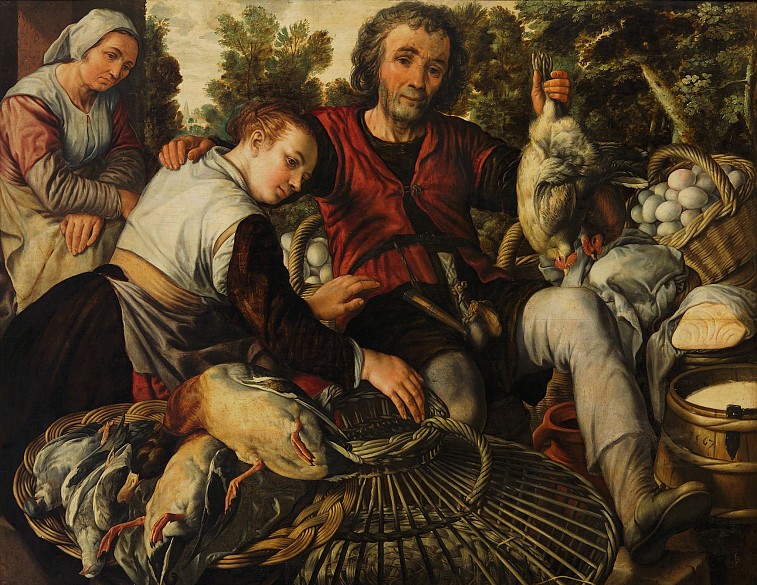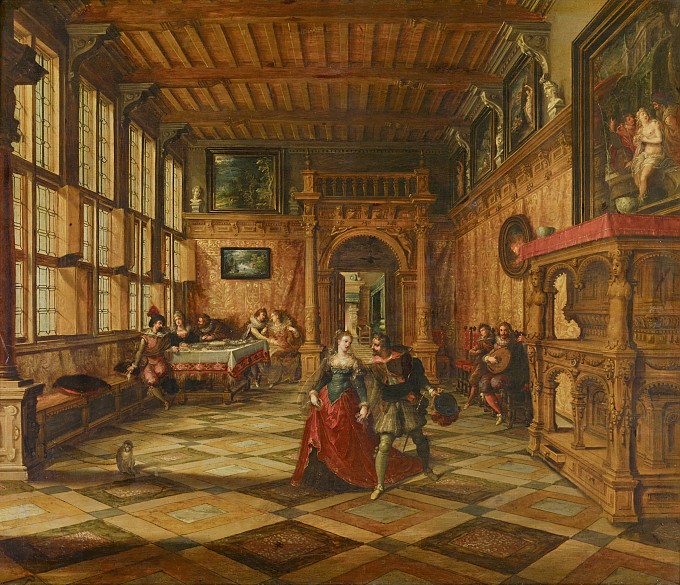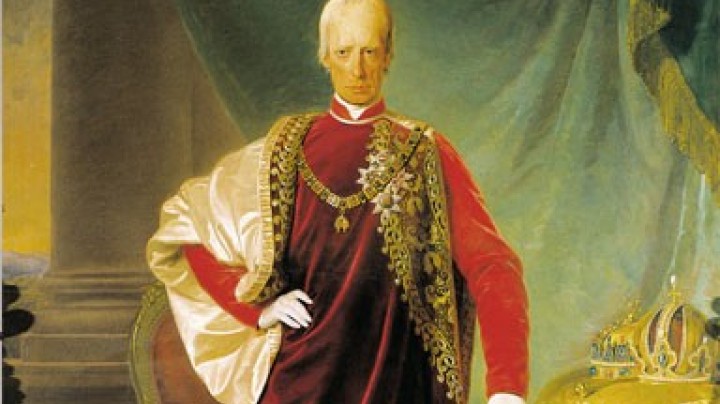Monarch of all he surveys. The patriarchal household
The core principle of seignorial rule in microcosm: the exemplary organization of the medieval household-family reflected the estates-based social structure of the time.
In early modern times, the term ‘ganzes Haus’ ('whole house') was used to refer to a household collective that was both home and place of work to all its members. The head of the house was responsible for the organization of all working processes. As the ‘lord and master’ of the household-family, he was invested with ‘natural’ or aboriginal power, which was why he was sometimes described as ‘king and prince of his house’. This patriarchal principle closely mirrored the superordinate structure of seignorial rule, and thus the household-family was often used as a metaphor for the state. Agrippa von Nettesheim commented, ‘For a man who is incapable of ruling a household is not fit to rule a town’.
It was not the family as such but rather the household as described above that constituted the central form of organization during early modern times. The family in the modern sense of the word did not emerge until the eighteenth century. The household was both home and workplace; for peasants it also comprised the farmstead and outbuildings, for craftspeople the workshop, for merchants their warehouses, and for aristocrats all their ancillary buildings on their estates. A household community included the owners, their own offspring as well as stepchildren, their other relatives, servants, labourers living on the premises (Inleute) and the elderly, mostly grandparents who no longer made any contribution to the productive process (Altenteiler). Membership of such a household was a prerequisite for membership of society, as someone living outside the ‘house’ belonged nowhere, either in a legal or in a political sense, while its members were protected and their rights publicly represented by the head of the household. However, only the married master of the house was a full member of the feudal, estates-based society, whether peasant, artisan, merchant or even nobleman.















